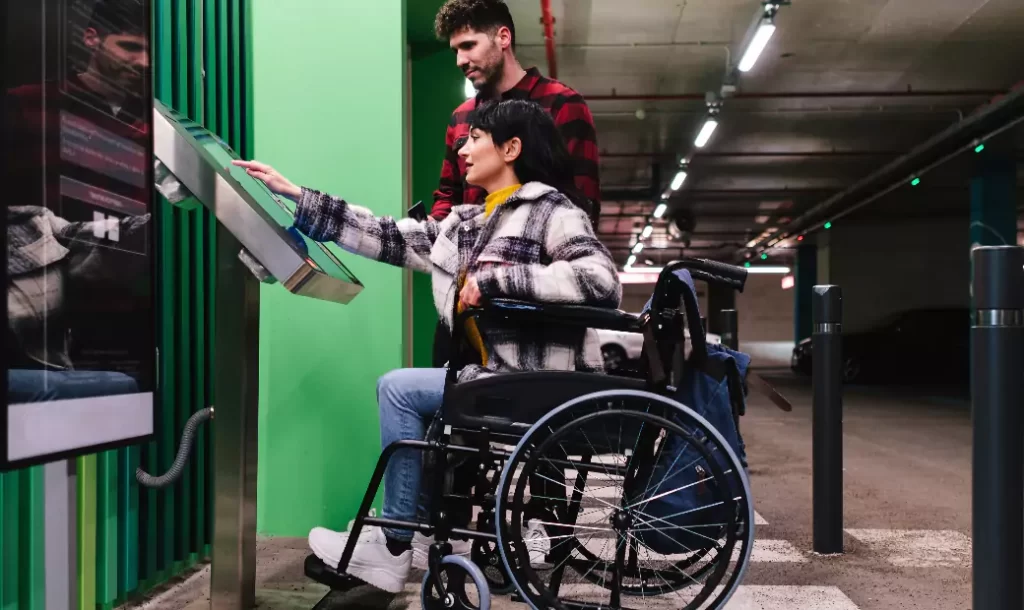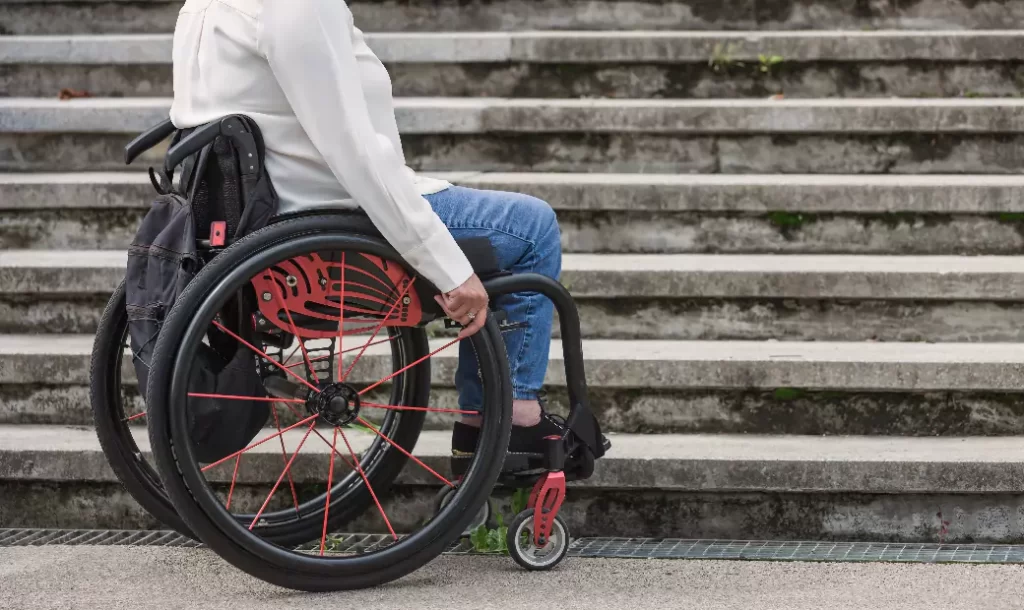Contact Us
Reevaluating Wheelchair Design: Balancing Function and Comfort
2025-08-01
Introduction
Wheelchairs are a cornerstone of mobility for individuals with disabilities. From hospitals to homes, city sidewalks to international airports, wheelchairs empower users to regain independence and participate in daily life. However, as mobility technologies evolve, it is critical to reassess how wheelchair design balances function and comfort. Understanding the advantages and disadvantages of wheelchair usage helps both users and designers make more informed decisions.

Advantages and Disadvantages of Wheelchairs
Wheelchairs offer life-changing advantages but also present notable limitations. For many users, their wheelchair is not just a tool, but a lifeline.
Advantages:
-
Mobility and Independence: Allows individuals with lower-limb impairments to move independently.
-
Customizable Design: Many models are adjustable for different body types, postural needs, and usage contexts.
-
Accessibility: Enables access to work, education, and community activities.
-
Health Support: Improves posture, circulation, and can be part of rehabilitation programs.
Disadvantages:
-
Physical Strain: Manual wheelchairs may cause long-term strain in shoulders and wrists.
-
Limited Accessibility: Infrastructural barriers such as stairs, narrow hallways, or poor sidewalks remain common.
-
Risk of Pressure Injuries: Poor seating and long durations without movement can lead to pressure sores.
-
Social Stigma: Some users report feeling marginalized or overly dependent due to their wheelchair use.

Comparison Table: Core Trade-Offs
| Factor | Advantages | Disadvantages |
| Mobility | Independent travel in many environments | Restricted access in stairs, rough terrain |
| Cost | Manual models are affordable | Powered models can be expensive |
| Health Impact | Promotes movement and circulation | Repetitive use can cause joint stress |
| Social Inclusion | Supports participation in work, education, and social settings | Users may face exclusion or stigma |
| Maintenance | Manual chairs have fewer parts to maintain | Electric models require battery charging and servicing |
Design Evolution: Function Meets Comfort
Wheelchair design has improved significantly, shifting from purely functional models to more user-friendly and adaptable devices. Key advancements include:
-
Lightweight Frames: Aluminum and carbon fiber reduce the physical burden on users and caregivers.
-
Foldability: Makes storage and transport easier, especially during travel.
-
Ergonomic Seating: Cushions and contoured seating prevent pressure injuries and increase comfort.
-
Smart Controls: Some powered models feature customizable joysticks and remote assistance.
A great example of balancing comfort and innovation is INTCO Medical’s E-LITE, a lightweight electric wheelchair designed with a foldable frame, ergonomic seating, and intuitive controls. It reflects the broader industry shift toward user-centered mobility solutions.
Environmental Barriers Still Exist
Despite design improvements, many environments remain unfriendly to wheelchair users. According to the World Health Organization, over 1.3 billion people worldwide experience significant disability, yet most built environments—especially in low- and middle-income countries—do not fully support accessibility[¹].
Even in developed nations, public infrastructure often fails to meet universal design standards. Narrow corridors, lack of elevators, and uneven sidewalks continue to reduce the practical effectiveness of wheelchairs in everyday life[²].
Social and Psychological Considerations
Mobility is not just about the body—it’s about self-perception, identity, and inclusion. For many users, a well-designed wheelchair restores not just physical movement, but social presence.
Some studies suggest that wheelchair users experience improved mental health and confidence when they feel empowered by their mobility aids rather than limited by them[³]. On the other hand, poor design and environmental inaccessibility can contribute to isolation and frustration.

Manual vs. Powered Wheelchairs: Choosing the Right Tool
Each user has unique needs depending on age, condition, lifestyle, and geography. Choosing between a manual and powered wheelchair often comes down to physical strength, independence level, and budget.
✅ Lightweight and portable
✅ No need for charging
❌ Can cause fatigue or joint stress over time
✅ Ideal for long distances or users with limited upper-body strength
✅ Often include reclining, elevating, and tilting features
❌ Heavier, requires electricity, and generally more expensive
The Future of Wheelchair Design
Looking ahead, innovation is driving exciting possibilities for wheelchair users:
-
Smart Wheelchairs: AI-powered systems that detect obstacles and optimize routes
-
IoT Integration: Devices connected to smartphones for health tracking and diagnostics
-
Modular Frames: Customizable for lifestyle or terrain—urban, indoor, sports, etc.
-
Sustainability: Biodegradable materials and energy-efficient components
These developments aim to reduce dependency, improve comfort, and ensure dignity in motion. However, universal success also depends on inclusive urban planning, public awareness, and healthcare policy.
Conclusion
The wheelchair is not just a device—it’s a symbol of access, autonomy, and human-centered design. Understanding the advantages and disadvantages of wheelchair use is essential for improving both the user experience and broader social inclusion. While current designs offer unprecedented adaptability and comfort, progress must continue—not just in the wheelchair itself, but in the environments and systems that surround it.
By continuing to invest in innovation, policy, and empathy-driven design, the future of wheelchair mobility looks both practical and empowering.
References
[¹] World Health Organization. (2025). Disability and health [Fact sheet]. https://www.who.int/news-room/fact-sheets/detail/disability-and-health
[²] World Health Organization. (2022). Global report on health equity for persons with disabilities. https://www.who.int/publications/i/item/9789240063600
[³] Francisco, P., & Pinheiro, J. (2019). Psychosocial impact of the wheelchair on social participation of its users. European Journal of Public Health, 29(Suppl_1). https://academic.oup.com/eurpub/article/29/Supplement_1/ckz034.089/5480793


